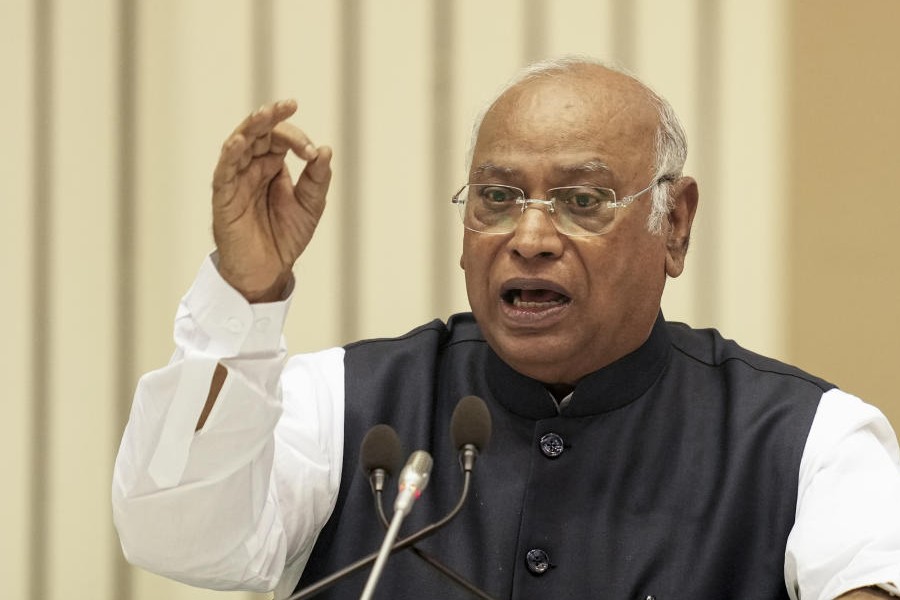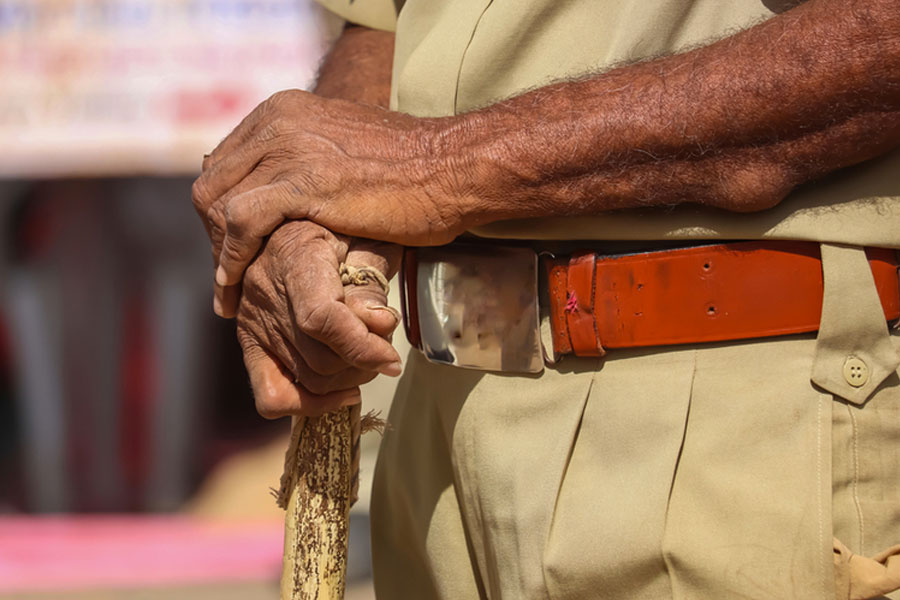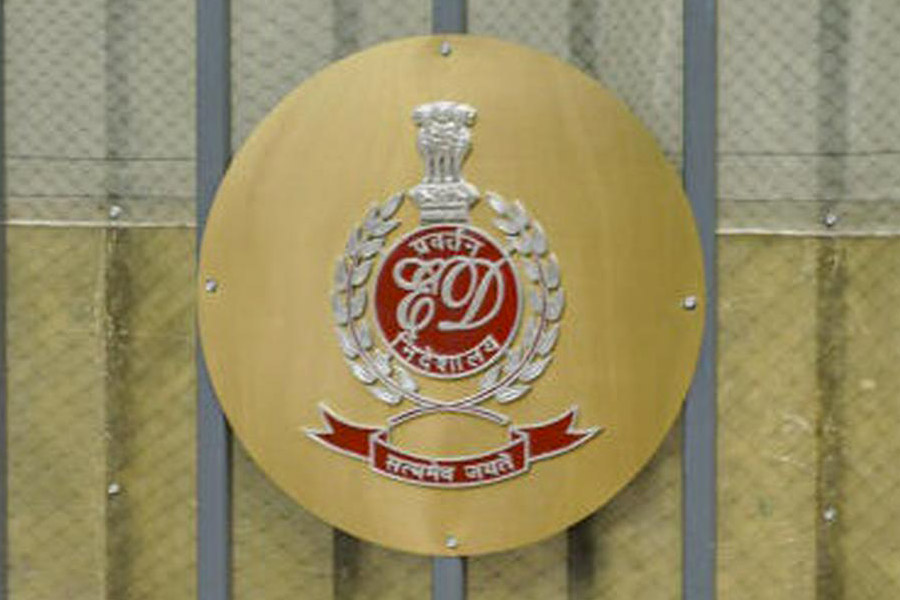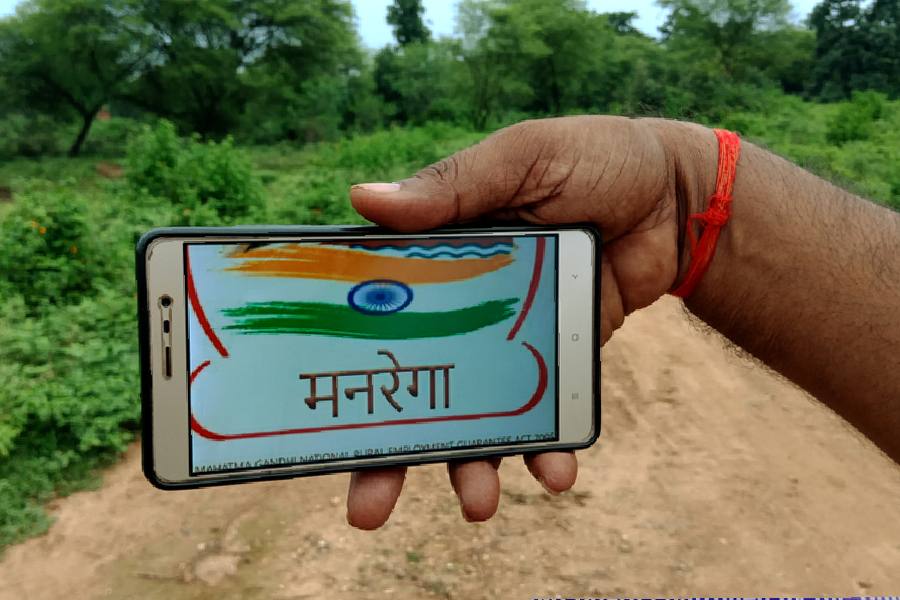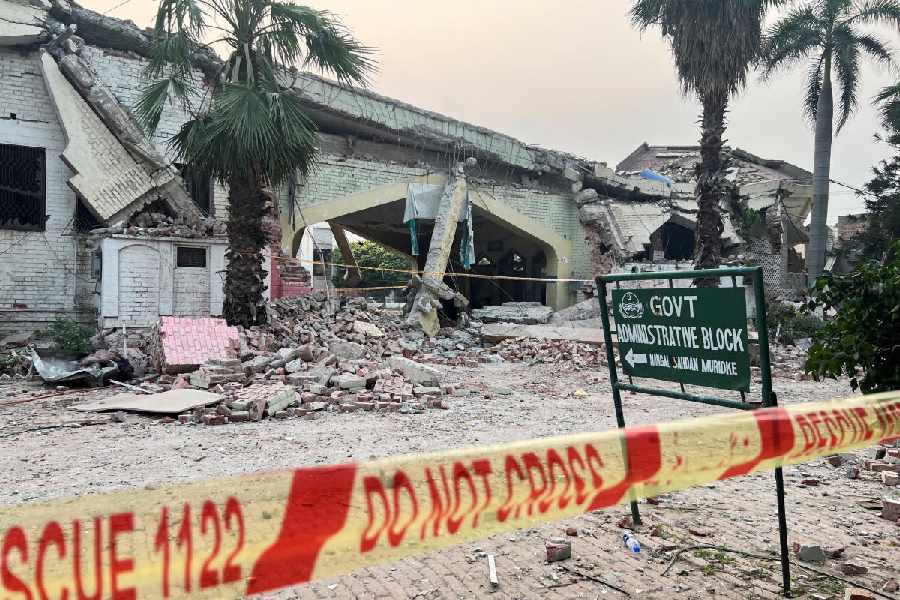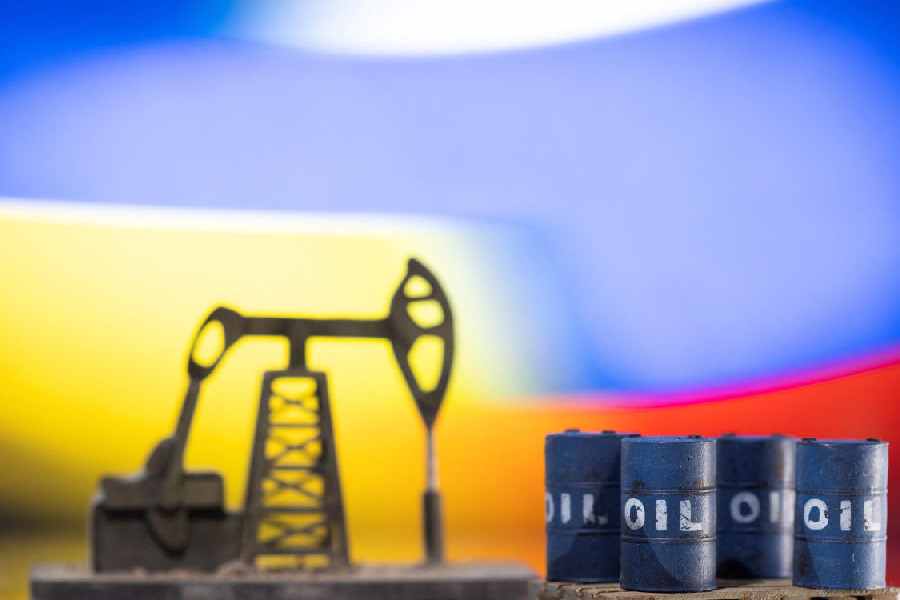 |
In the middle of River Brahmaputra there lies the lush green island of Umananda, a little way off Guwahati.
Since time immemorial the beautiful island has been an integral part of the town.
Legend has it that the island was once the abode of Lord Shiva much to the delight (ananda) of Uma, another name of Goddess Kamakhya, and, therefore, the name Umananda.
There is an old Shiva temple on the island. It is considered to be one of the five principal pilgrim centres (mukhya panchatirtha) of Kamrupa. The temple is believed to have come up around the same time as the Kamakhya temple and pilgrims used to proceed to Kamakhya only after having offered prayers at the Umananda temple.
The temple must have been built and rebuilt several times, but it learnt from ins3riptions that in the Saka era 1616, it was rebuilt by Sandique Phukan on the orders of Ahom king Gadadhar Singha. In 1820 AD Ahom ruler Chandrakanta Singha also built a small temple on the island.
In oral traditions and legends Umananda was known by different names ?Natakasaila, Bhasmakuta, Bhasmachal ? in different times.
Its beauty earned it the epithet of Peacock Island from the British rulers.
Today, Umananda is an important centre of pilgrimage and throughout the year thousands of devotees throng the island.
Apart from the Shiva shrine there are five more temples on the island ? the Ganesha, Hara Gauri, Chalantika, Chandrashekhar and Vaidyanath temples.
The Shiva linga in the main temple is not very big, unlike the one in the nearby Sukreshwar Devalaya. In folk traditions it finds mention as Ekuish Angulia Bholanath as it is only as long as 21 fingers and broad as 12 fingers.
According to records, Ahom king Shiva Singha invited two Brahmins from Kanauj to perform the regular puja at the temple.
They were given rent-free devattor land to settle down at Septi and Helsa of Kamrupa. The senior male members of these families were appointed bar-deuri and deuri (priests) of this temple to conduct the daily rituals.
While tracing the history of Umananda, besides the traditional myths and legends, some interesting features related to folk life of different tribal communities come to light.
In many parts of eastern India, Lord Shiva is the most popular folk god and the Shiva at Umananda is no exception.
Apart from the citizens of Guwahati, representatives of different tribal communities like the Rabhas, Kacharis, Sonowals, Dimasas, Karbis, Koch Rajbanghis, Deuris, Chutias, Tai Ahoms, Nath Jogis and others come to Umananda to worship at the shrine during Shiva Ratri.
To these tribes, Shiva is known by different folk names like Pagla Gosain, Bathow, Kalia Gosain and Betal Bhairab.Many of these tribes consider Shiva the god of agriculture. He is also the Lord of Creation and Destruction.
In interior parts of Dhubri district he is worshipped as the god of snakes (Nagdevata) as well. The Lord of Umananda is omnipresent in the folk songs and tales of Assam.
This famous pilgrimage centre has also acquired a unique distinction at present ? it has been declared the smallest habitat island in the world where only about 20 people live.
A folk belief about Umananda has been proven true: even during the most devastating of floods that wash out Assam almost every year, Brahmaputra?s waters have not entered the temple premises on the island.
There is a proverb in local oral tradition: ?Burha Luit Pagla Gosainor das, tak tustihle nahoin sarbanash? (Brahmaputra is a servant of Shiva and if He is kept satisfied, all disasters will be prevented).
Dipankar Banerjee


